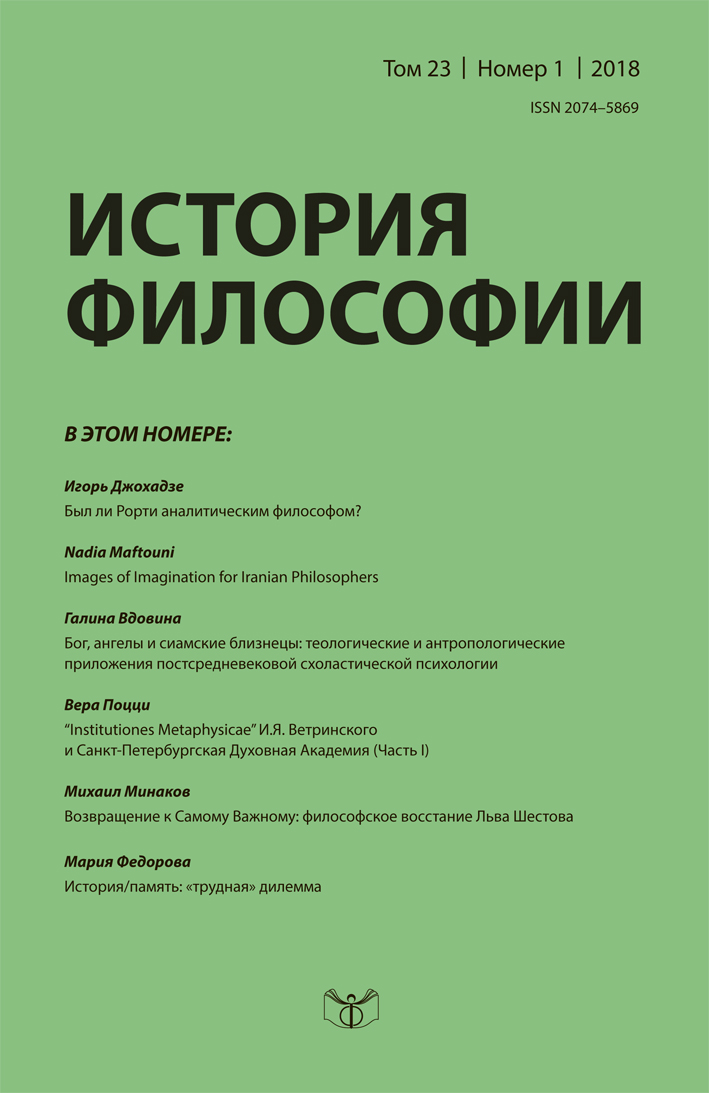Images of Imagination for Iranian Philosophers
Keywords:
imagination, artistic creativity, Aristotle, Farabi, Avicenna, SuhrawardiAbstract
This essay tries to provide an account of imagination, having an underlying position in various issues
such as those of philosophy of art. Although philosophers like Farabi, Avicenna and Suhrawardi
show some features of Aristotle’s theory of imagination, they have expanded it thus new phases
are added to it. Farabi conceptualizes imagination with three principal activities: storing sensory
forms, composing and decomposing sensory forms, and imagery. Avicenna defines what Farabi calls
the faculty of imagination as imagination, estimative and memory faculties. Suhrawardi criticizes
Avicenna’s theory and offers an internal explanation as well as an external one. He reckons imaginary
perception as a kind of illuminated intuitive knowledge implying observation of suspended forms,
positing upon which a stage of the universe out of mind.

